Josee Lilac in a pot?
curlykat
14 years ago
Related Stories
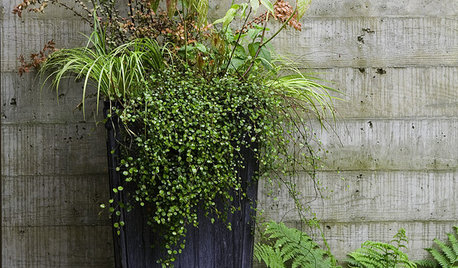
GARDENING GUIDESThe Secret Formula for Grouping Plants in a Pot
Designing a gorgeous container garden is easy once you know this simple rule of thumb for composition
Full Story
FLOWERS AND PLANTSRuellia Humilis Thrives in Rock Gardens and Along Boulevards
Plant fringeleaf wild petunia in central U.S. gardens for its large lilac flowers, compact form and drought tolerance
Full Story0
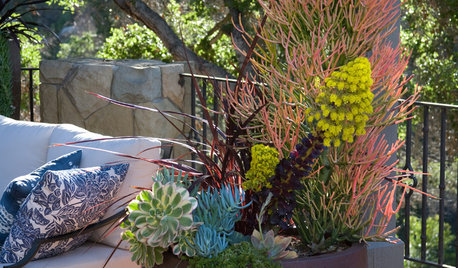
FALL GARDENING12 Fabulous Fall Container Gardens
Celebrate the season with potted displays rich in color and texture
Full Story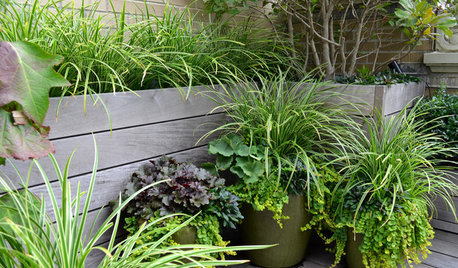
PLANTING IDEASCreate High-Impact Container Gardens With Grasses
When it comes to adding drama, texture and panache to a pot, these strappy species are hard to beat
Full Story
GARDENING GUIDESGreat Design Plant: Ceanothus Pleases With Nectar and Fragrant Blooms
West Coast natives: The blue flowers of drought-tolerant ceanothus draw the eye and help support local wildlife too
Full Story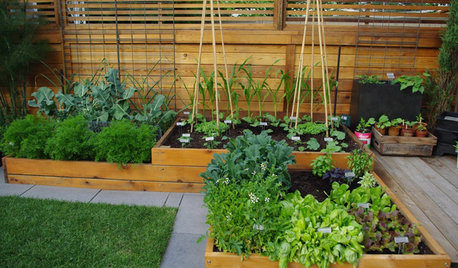
URBAN GARDENSExperiments Aplenty Fill Vancouver Edible Garden
Lush and brimming with test landscape plantings, a Canadian garden appeals to the eye and the palate
Full Story
LIFETrue Confessions of a House Stalker
Letting go when a new owner dares to change a beloved house's look can be downright difficult. Has this ever happened to you?
Full Story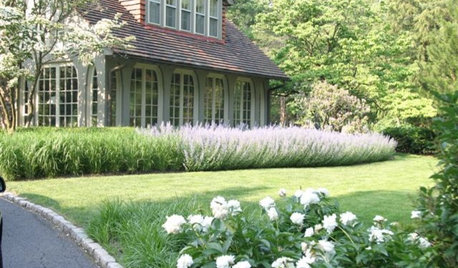
FLOWERSKeep Your Garden on Point With Spikes of Purple
Tall purple blooms bridge color gaps, contrast round flower forms and make for intriguing masses in the landscape
Full Story
DECORATING GUIDESSpring Style: Fresh-Cut Flowers for Every Room
Graceful, lively or dramatic, fresh flowers make rooms of every shape, size and style that much lovelier
Full Story






buyorsell888
marquest
Related Professionals
New Bedford Landscape Architects & Landscape Designers · Bridgetown Landscape Architects & Landscape Designers · Bell Gardens Landscape Contractors · Coram Landscape Contractors · Corona Landscape Contractors · Euclid Landscape Contractors · Fridley Landscape Contractors · Hayward Landscape Contractors · Mason Landscape Contractors · Panama City Beach Landscape Contractors · Shoreview Landscape Contractors · Vineyard Landscape Contractors · Wickliffe Landscape Contractors · Glendora Swimming Pool Builders · Santa Clarita Swimming Pool BuilderscurlykatOriginal Author
buyorsell888
mbuckmaster